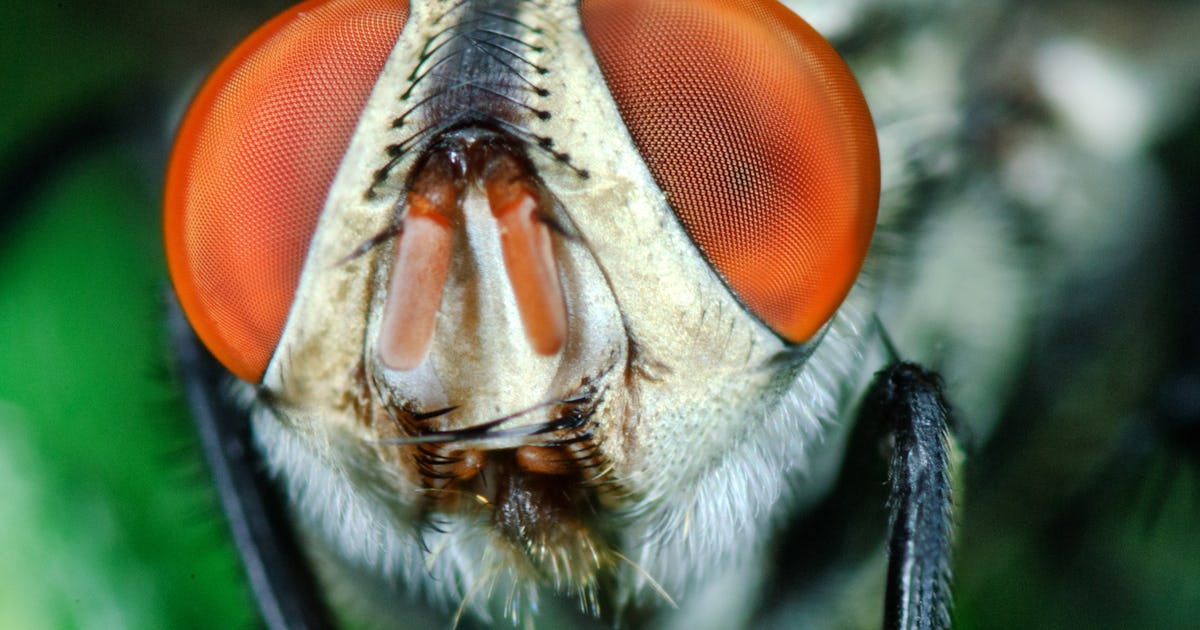‘You’ll be Amazed by How Smart Fruit Flies Actually Are in This Brain Simulation’

The human brain is a complex network of approximately 87 billion neurons that communicate with each other to carry out various functions. Neural communication is essential for experiencing the world, forming memories, and controlling bodily responses. Scientists are intrigued by the details of how these communications work and how they are influenced by experiences.
To unravel the mysteries of neural communication, researchers have turned to simpler organisms like the fruit fly. Despite being a common kitchen pest, fruit flies possess brains that share striking similarities with human brains. Through the development of innovative tools like trans-Tango, scientists can now visualize intricate neural connections within the brains of fruit flies with unprecedented clarity.
Dr. Gilad Barnea and his team at Brown University dedicated over 20 years to perfecting trans-Tango, a tool that allows for the visualization of microscopic connections between neurons by translating receptor protein activation into gene expression. Using this technique, researchers have mapped out the neural connections in a crucial part of the fruit fly brain known as the mushroom body.
By examining these detailed maps, scientists have identified clusters of neurons that receive messages from the mushroom body and decoded how information is transmitted to downstream neurons. The interactions within the fruit fly brain are not only consistent but also exhibit slight variations between individuals, likely influenced by their unique experiences.
The flexibility of tools like trans-Tango enables researchers to manipulate neural activity and study the effects on behavior. By studying fruit fly brains, scientists gain insights into how neural connections operate and how they may be disrupted in diseases. This research not only enhances our understanding of brain function but also sheds light on the human condition.
Overall, fruit flies serve as invaluable models for neuroscience research, offering a glimpse into the intricate world of neural communication and its impact on behavior. By studying these tiny creatures, scientists hope to unlock the secrets of the human brain and improve our understanding of neurological disorders.

